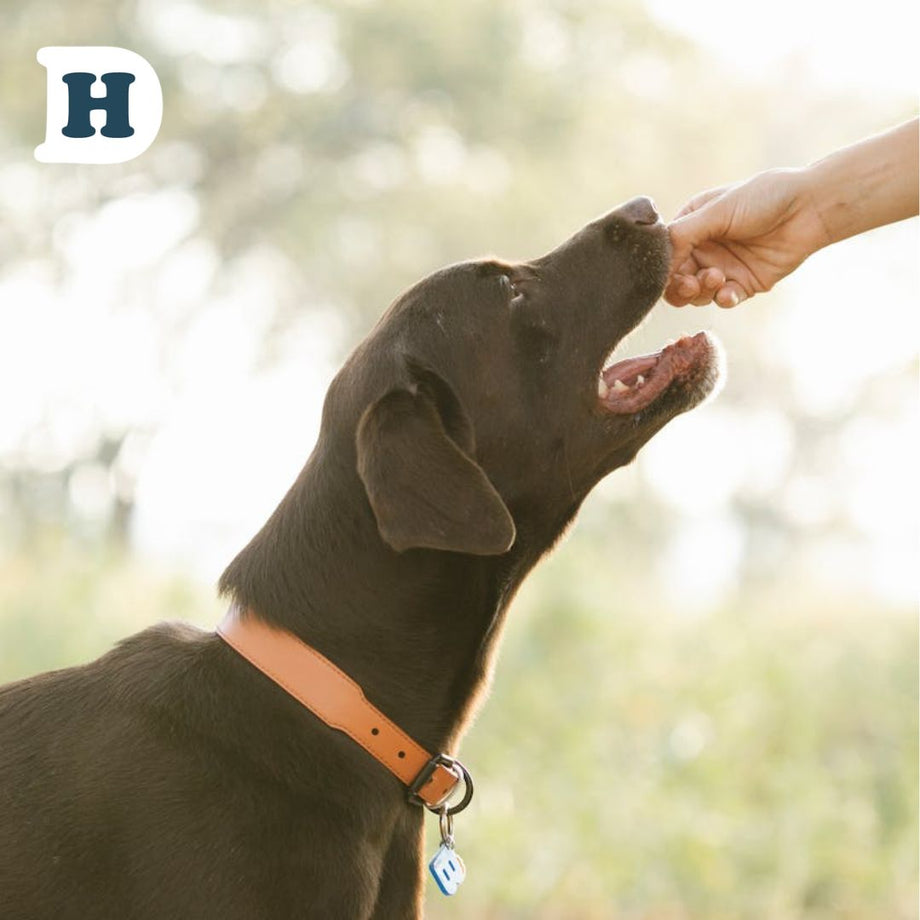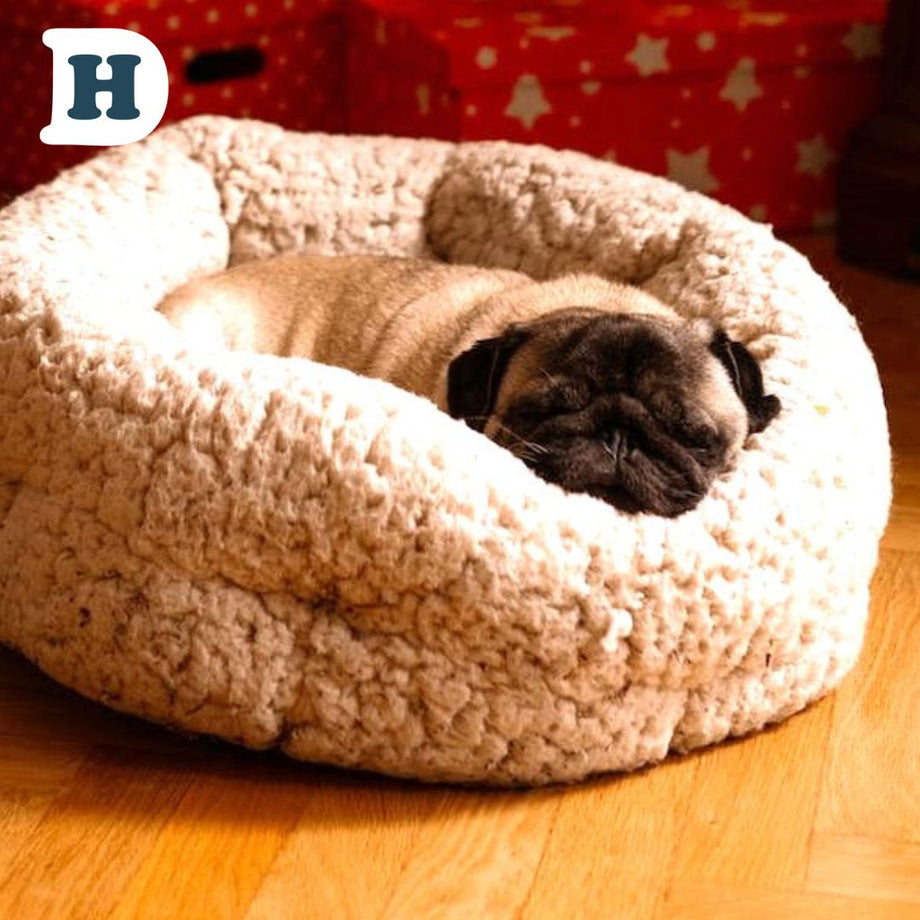
Have you ever wondered how dogs stay cool in hot weather?
At Deliver Hound, we have pondered this very question, and decided to come up with a few answers to share with other dog owners across Sydney!
Unlike humans, dogs don't have sweat glands all over their bodies.
Instead, they rely on other methods to regulate their body temperature and avoid overheating.
In this article, we'll explore the different ways dogs cool down and stay comfortable in warm weather.
Dogs don't sweat like humans.
Dogs have a few different mechanisms for regulating their body temperature and avoiding overheating. One of the most important is panting. When a dog pants, they breathe rapidly and shallowly, which helps to evaporate moisture from their tongue and mouth. This cools down the blood vessels in their head and neck, which in turn helps to lower their overall body temperature. Panting allows dogs to regulate their body temperature and cool down when they are hot or overheated. In addition to panting, dogs may also seek out cooler areas to lie down, drink water, and avoid direct sunlight in order to cool off.
Dogs also have sweat glands on their paw pads, which can help to release some heat through evaporation. Finally, dogs will often seek out shade or cool surfaces to lie on when they're feeling too hot. All of these mechanisms work together to help dogs stay comfortable in hot weather.
Panting is the primary cooling mechanism for dogs.
Unlike humans, dogs don't have sweat glands all over their bodies. Instead, they rely on panting to cool down. When a dog pants, they take in air through their mouth and exhale it through their nose. This process helps to evaporate moisture from their tongue and mouth, which cools down the blood vessels in their head and neck. As the blood circulates through the rest of their body, it helps to lower their overall body temperature. Dogs will pant more when they're feeling hot or stressed, and it's important to make sure they have access to plenty of water and shade to help them regulate their body temperature.
Dogs also cool down through their paw pads.
In addition to panting, dogs also have sweat glands in their paw pads. These sweat glands help to cool down their body temperature by releasing moisture through their paw pads.
Dogs have sweat glands, but they are not located in the same way as in humans. Dogs have two types of sweat glands: eccrine glands and apocrine glands.
Eccrine glands are found in the paw pads of dogs, and they secrete a watery, odorless fluid that helps with traction and cooling. When dogs walk or run, they leave behind small amounts of moisture on the ground, which helps to cool them down.
Apocrine glands, on the other hand, are found in various areas of the dog's body, including the armpits and groin. However, these glands do not secrete sweat, but instead, they secrete a thick, oily fluid that is involved in scent marking and communication.
Overall, while dogs do have sweat glands, they are not located in the same areas or used for the same purpose as in humans. Instead, dogs primarily rely on panting and other methods, such as seeking shade and drinking water, to regulate their body temperature and cool down when they are hot.
When a dog walks on a cool surface, such as grass or tile, the moisture on their paw pads evaporates and helps to cool down their body. This is why in Australia, it's important to avoid walking dogs on hot foot paths or asphalt, as it can burn their paw pads and make it difficult for them to regulate their body temperature.
Some dog breeds have unique cooling adaptations.
Some dog breeds have unique cooling adaptations that allow them to better regulate their body temperature in hot environments. For example, the Basenji breed has a short, fine coat that helps to dissipate heat, while the Siberian Husky has a thick double coat that insulates them in cold weather but also allows air to circulate and cool them down in hot weather. Additionally, breeds like the Chinese Crested and the Xoloitzcuintli, also known as the Mexican Hairless Dog, have little to no hair, which allows for more efficient heat dissipation through their skin.
How can I keep my dog cool in hot weather?
Keeping your dog cool in hot weather is important to prevent heat exhaustion and other heat-related health issues. Here are some tips to help keep your dog cool:
-
Provide plenty of fresh water: Make sure your dog has access to clean, cool water at all times. Consider adding ice cubes to the water bowl to help keep it cool.
-
Provide shade: Make sure your dog has access to shade, either by staying indoors in air-conditioned spaces or by providing a shaded area outdoors.
-
Avoid hot surfaces: Avoid walking your dog on hot pavement or asphalt, as this can burn their paw pads. Stick to grass or shaded areas, or consider using booties to protect their paws.
-
Limit exercise: Avoid exercising your dog during the hottest parts of the day, and limit the amount of physical activity they engage in during hot weather.
-
Provide cooling aids: You can use cooling aids such as cooling mats, cooling vests, and even frozen treats to help keep your dog cool.
-
Keep the house cool: If you're leaving your dog at home, make sure the house is cool and well-ventilated, and consider leaving a fan on to circulate the air.
-
Watch for signs of heat exhaustion: Watch for signs of heat exhaustion in your dog, such as excessive panting, lethargy, vomiting, and diarrhea. If you suspect your dog is suffering from heat exhaustion, move them to a cool area, offer water, and contact your veterinarian immediately.
- Keep them well groomed: If you own a dog that has a lot of fur, take them to the groomers to ensure they are kept comfortable during hot weather.
It's important to monitor your dog's temperature and prevent overheating.
Overall, while dogs do have sweat glands, they are not located in the same areas or used for the same purpose as in humans. Instead, dogs primarily rely on panting and other methods, such as seeking shade and drinking water, to regulate their body temperature and cool down when they are hot.
While dogs have limited mechanisms to regulate their body temperature, it's important for owners to monitor their dog's temperature and prevent overheating in hot weather.
This can be done by providing plenty of water and shade, avoiding exercise during the hottest parts of the day, and never leaving a dog in a parked car.
Signs of overheating in dogs include excessive panting, drooling, and lethargy, and can quickly progress to more serious symptoms like vomiting and seizures. If you suspect your dog is overheating, cover them with a wet towel, provide water and seek veterinary care immediately.
©deliveryhound.com.au 2023






